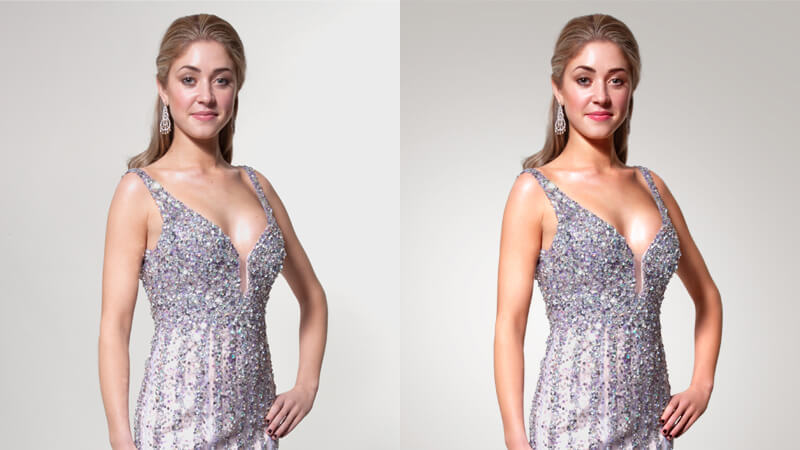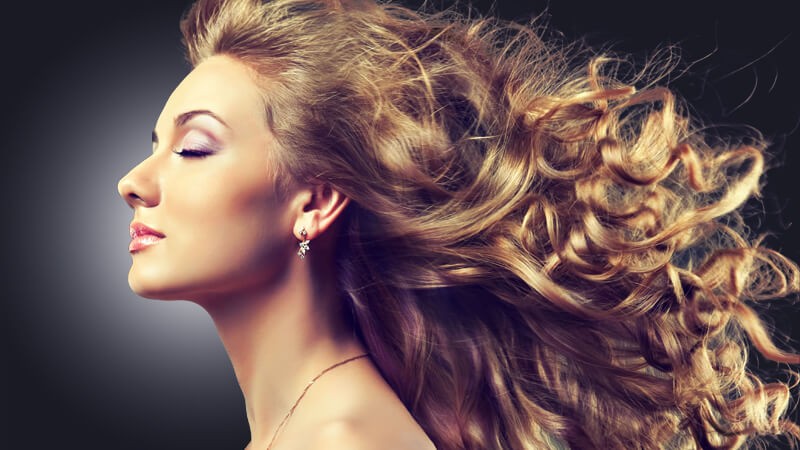From family and couple portrait photographs to corporate, school among many others, portrait photography is a major broad niche. Generally, portrait photography techniques are among the top styles for each photographer to typically masker to deliver high-quality and best images to your clients.

This means taking great portrait photographs requires correct compositions, camera settings, backdrops, lighting, angles, poses etc. It is all about capturing emotive and stunning portrait which evokes feelings in your viewers then captivate their attention.
Overall, portrait photography it’s beyond clicking images of individuals but much about following specific guidelines and rules for you to be productive. The good news is that Image Clipping Path India have deep-researched and came up with an exhaustive list with best portrait techniques and guides.
1. Focus right on specific subject
Essentially, the subject should be the more essential aspect in your portrait photography ideas. It would be easier to capture portrait photography if you make the subject more comfortable. In this case, ensure you take time to eventually connect with a client right before Photo-shoot.
You can go further and know your client, discuss a few ideas regarding the shoot as well as her or his abilities and preferences in your plan. In addition, it good idea if you keep communicating with your subject during and even before the shoot simply because some might be uncomfortable in front of the camera.
2. Look for right location.
Besides, the specific location you opt to can be significant influence right on your final results. This means shooting your outdoors in the natural illumination tends to give perfect results; however, the poses might be challenging.
Therefore, you should plan based on changing the illumination, time of a day and the environmental conditions. In this case, go for late afternoons or morning because sunlight will have be diffused, meaning you can get a warm, lovely and natural glow.
3. Get right pose
Figuring best portrait photography poses will also determine your final results. Get your specific subject pose in the best way which complements them ad keep in mind about camera angle, lighting and background. You can also try different combination of angles and poses to eventually come up with perfect options during the
4. Capture candid portrait images
People are not the same; thus, don’t expect all your subjects to always have comfortable posing. In essence, such discomfort may apparent in portrait photography and photos might come as unnatural and forced. Shooting your subjects while on their natural, usual activities, comfortable may provide you with fantastic portrait shots.
5. Capture expressions and emotions
Artistic portrait images are when you capture expressions and emotions in your portrait pictures. Ensure you avoid the fake black and smiles looks. A faint smile, genuine sparkle right in her, confident expression are top recipes to create best portrait shots. Further, work on the subject, giving them ample time of getting to the right zone. Hurrying or forcing this procedure may not work out.
6. Use the camera rightly.
Portraiture photography foremost is all about artistic technique and expression and needs a lot of practicing. First, understand nuances of your portrait photography followed by investing on good lens and camera. Understand how to utilize your camera efficiently even under different environmental and lighting conditions. Experiment with your camera settings to understand specific tools and capturing the best results.
7. Choose the right lens for portrait photography.
The camera lens is among the top essential tool for catching high-quality and right shot. In this case, this depends on you to choose which lens would fit your scenario best. For example, when going for a shot in a background or scenery is an essential part of the image, it would be better to utilize a wide-angle lens.

Also, a medium and functional telephoto lens such as 105mm or 85mm can enable someone strike balance right between the background and the model. If your image should be tight, focus only on the subject. In addition, always reduce the foreground and background distractions on display when capturing the images.
8. Understand the shuttering aperture, speed and ISO
There no single photograph can be out of the grasp when you have a good understanding of the exposure triangle. This is because understanding such concepts tends to open new selections in someone’s photography as well as empower someone to capture the best portrait images. In this case, look for the essential concept of the light stops.
9. The background matters
Generally, the focus in the portraiture is expected to be on the subject model. However, in many cases, interesting backgrounds tend to add an appealing appearance on your photograph hence helping the subject you are focusing on stand out. Thus, it is crucial to first notice how your background will eventually turn, then adjust shutter aperture and speed accordingly.
10. Design the color palette
For you to take the best portrait photography, you should consciously layout visual appearance. In this case, defining the color palette aids and utilizing complementing colors in props, clothing, and backgrounds can typically impact portrait images.

Besides, remember your specific subject’s skin appearance when choosing the color palette. Further, the color palettes can still depend on the kind of portrait image someone is undertaking. For example, if you are using the smoke bomb, ensure it’s among your color palettes.
11. Try props
Consider shooting via objects in the foreground, such as architecture or foliage. Besides, the longer lens may help blur different objects in the front, adding appealing aesthetic component, centering focus on subjects on your shot.
This means shooting via transparent objects may produce exceptional reflections or patterns. On the other side, shooting via something such as fence may offer interesting framing on your subject. Ensure to capture your specific subject via between branches or store windows for dynamic composition.
12. Try different angles
In most cases, portrait photographs are captured by placing your camera right on eye level of your subject. This because on eye-level tends to produce perfect portraiture shots. However, selecting unconventional angle also makes the portraits stand out.

In this case, consider creating interesting angles via shooting your subject right from high up to down at your subject. Further, you can still shoot from any shallow position, look up into the subject, get close to the ground. Besides, these angles may add best variety and impact to your images.
In addition, you can also make your subjects appear thicker, wider, slimmer or shorter based on the specific angle you are capturing images from. Move around different scenes to find the best angle shooting, and also tilt your camera to add some dramatic effect on your images.
13. Bring your lighting
Camera flash is crucial feature which tends to bring light to our images however it might not always offer the enough light we need. Off-camera flash might be useful when it comes to changing lighting conditions to eventually enhance control and contrast shadows of portraits which makes them more dynamic and visually interesting.
Further, the natural light is great in the outdoor portrait images, while direct sunlight is sometimes overpowering. So, someone can utilize the external strobe illumination to typically underexpose accessible illumination and utilize your light to come up with an ideal lit shot.
14. Mind the eyes
Eyes are among the most crucial aspect of portrait photography techniques, most probably for beginners. Therefore, to capture stunning and high-quality portraits, consider placing emphasis right on the subject eyes.
Ensure that the subject eyes are sharp; they have a good amount of illumination reflecting right on them. And if possible, consider to manually placing the autofocus point on his or her eyes to ensure its sharp when using a shallow depth field.
15. Post-processing and editing
Taking photos is vital, but some beginners may neglect the importance of appropriate retouching and editing while taking professional portrait images. In essence, some simple tips may significantly enhance the quality of the images. When cropping extremities, you should ensure you crop at least hallway right between joints and limbs.
Essentially, cropping half of subject forearm or bicep may make your photos better proportioned. But always avoid cutting off shoes, fingers or hair from your image because this might ruin the entire portrait.
16. Use Gels
Besides, gels may help change the overall mood or preferably alter the colour of the temperature of the portraiture. For example, if you have a photoshoot which is producing add colours cast or unnatural skin tones, then you might need to adjust the light temperatures.
Further, when shooting on overcast days, then you may need to colour temperature orange to eventually make the environment warmer. In addition, if the images are too warm, consider applying the colour temperature blue to typically cool it down. Overall, all the above gel shots may determine the specific temperature you require.
Final verdict
Portrait Photography is the most used and creative procedure which merges art and ideas to eventually create attractive visuals capturing the human expressions and emotions. This means you need to do it carefully under practical and useful portrait photography tips.
Essentially, the above are top portrait photography techniques from professionals to aid you to capture unforgettable, high-quality moments in life. Taking excellent portrait photographs is among the modern forms that everyone wants in today’s technology. However, it needs low effort than painting, emotions which can make up better portraits, capturing expressions for perfect final results.
